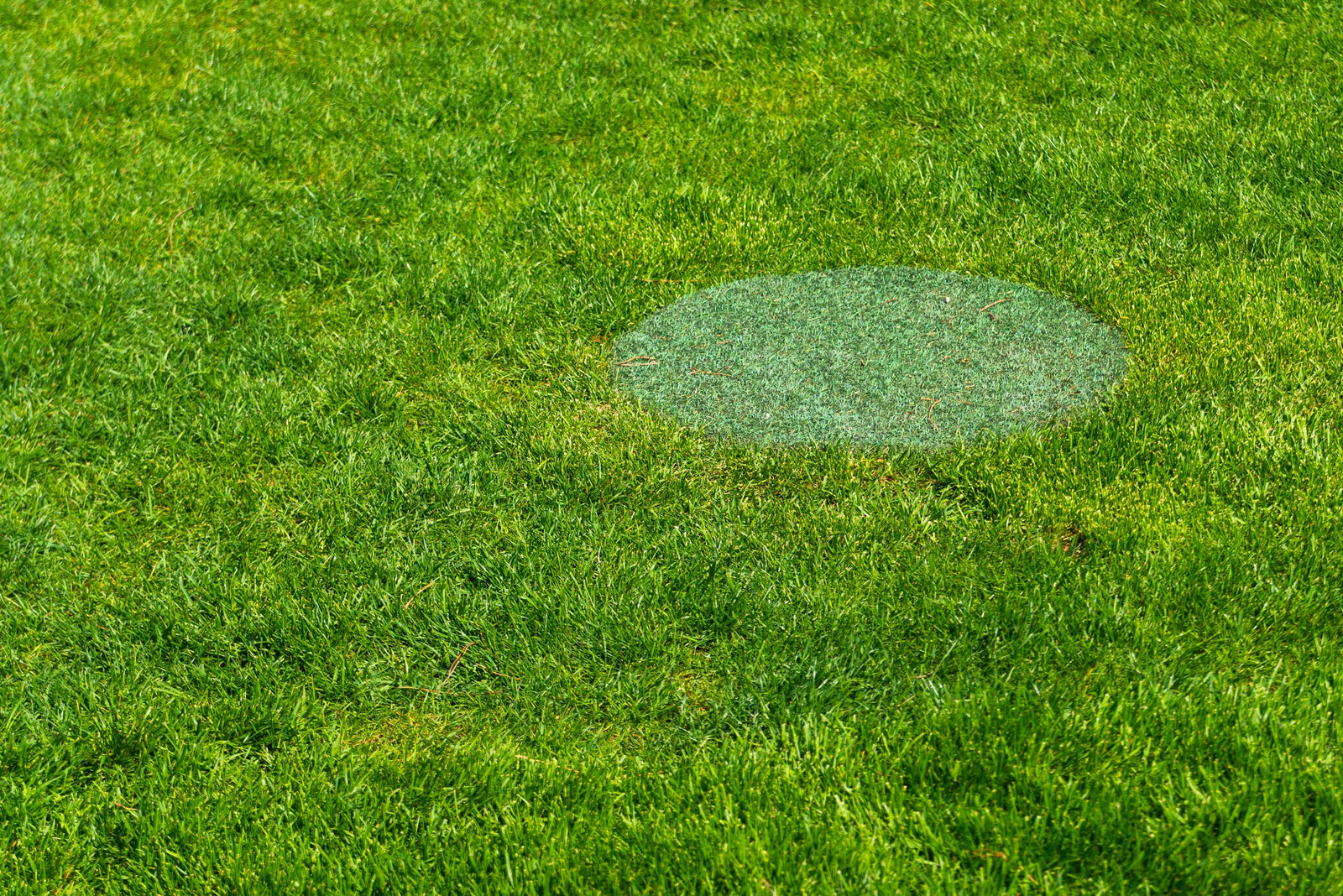Manholes provide essential access points to underground utility networks, including drainage, electricity, and gas systems. They allow for necessary repairs, maintenance, and inspections to be carried out efficiently. However, while they are a crucial part of modern infrastructure, manholes can present a safety risk if not properly covered. Additionally, as they can be located in various places such as patios, driveways, garages, or even within a home, they are often considered unsightly.
This guide explains how to correctly fit a manhole cover and explores effective ways to make these access points blend into their surroundings.
How to fit a manhole cover
Installing a manhole cover is a straightforward process that can be completed in a few steps. By following this method carefully and using the correct tools while observing safety precautions, the task can be completed efficiently.
- Excavate around the manhole to prevent dirt or debris from falling into the chamber.
- Remove any existing manhole cover and expose the frame of the manhole.
- Cover the opening temporarily with plywood when not working on it, and ensure that those nearby are aware of the potential hazard.
- Using a taut string line stretched between two fixed points, measure the height of the surface surrounding the manhole, ensuring the string runs directly over it.
- Apply between 10mm and 40mm of cement to the frame of the new manhole cover. Use a mallet to carefully set the frame into the cement, ensuring it is level with the string line. This ensures the cover will sit flush with its surroundings.
- Once the frame is level, secure it fully with cement. Then, place the manhole lid onto the frame and allow the cement to set for 24 hours.
- Once the cement has hardened, fill the excavated area with the chosen surface material, such as turf, block paving, resin paving, concrete, or tarmac. If using a recessed manhole cover, this is the point at which the tray can be filled with material to match the surrounding area, such as patio paving.
How to disguise a manhole cover
Rather than simply concealing them with objects like plant pots, the most effective way to minimise the visual impact of manhole covers is to disguise them. This is particularly common in domestic settings and is typically achieved using recessed manhole covers. These covers include an infill tray that sits level with the surrounding surface, allowing it to be filled with materials such as grass, block paving, tarmac, or gravel to blend seamlessly with the environment.
Recessed manhole covers do not affect accessibility or maintenance and do not usually incur additional costs. While they are most commonly used in driveways, patios, and pavements, they can also be installed in garages or lawns.
Offering a practical and visually unobtrusive solution, recessed manhole covers are worth considering if inspection chambers are disrupting the appearance of your outdoor space.




